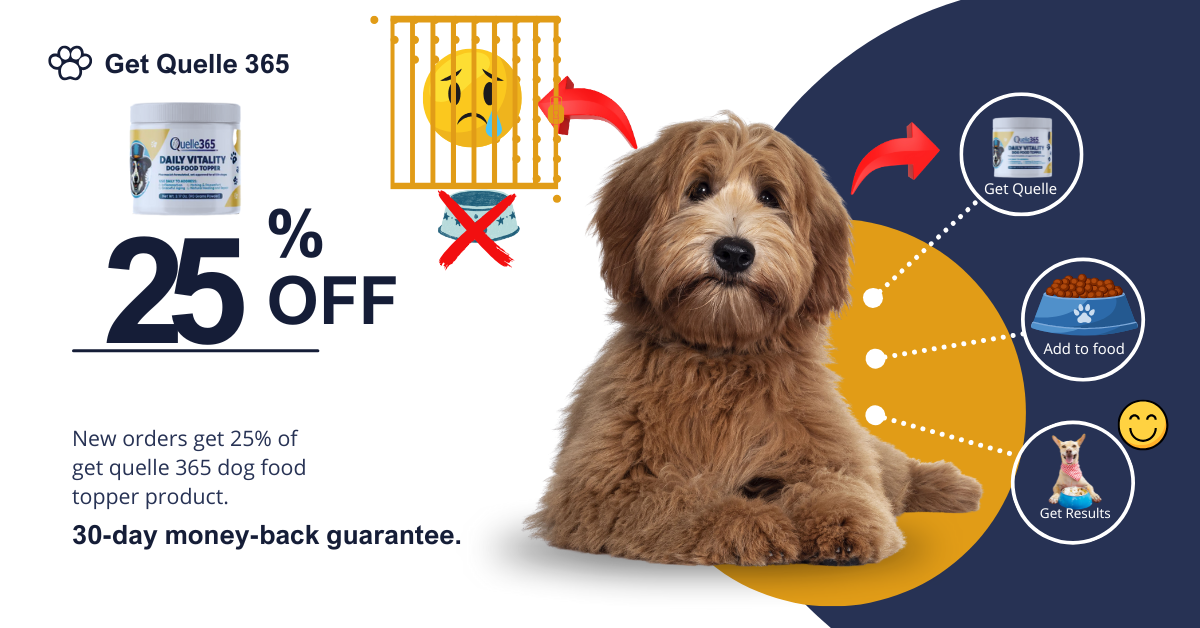The Weekly Sip: Monster’s bet on alcohol stumbles | Sparkling Ice maker pops into prebiotic soda
The Weekly Sip is Food Dive’s column focused on the latest news in the rapidly changing and growing beverage sector. From inaugural product lines to big investments and controversial topics, this column aims to quench the thirst for developments in the category.
Monster discloses alcohol impairment charge
Energy drink maker Monster’s alcohol venture is facing headwinds amid supply and demand woes.
In the company’s earnings call last week, co-CEO Rodney Sacks said revenue in the most recent quarter was impacted by more than $130 million in impairment charges linked to its fledgling alcohol segment.
The charges, Sacks said, were “primarily the result of operating and financial performance not meeting projections due in part to challenges in the category.” Monster ended up with excess inventory of its alcohol products worth $4.1 million in the quarter, weighing on its profits.
Monster acquired Canarchy Craft Brewing, which distributes its alcoholic products, in 2022 for $330 million. The company made its debut in the category in 2023 with the launch of The Beast, a carbonated drink with 6% alcohol by volume. Last year, the company entered the hard tea category with Nasty Beast, in flavors like Tea + Lemonade and Green Tea.
In addition to disappointing sales, Sacks said Monster’s supply chain for alcohol was “severely impacted” last fall after Hurricane Helene caused a flood at its facility in Brevard, North Carolina, causing the plant to close for a week.

Optional Caption
Courtesy of Talking Rain Beverage Company
Sparkling Ice maker pops into prebiotic soda craze
Talking Rain, the maker of Sparkling Ice carbonated drinks, is debuting a line of better-for-you sodas it hopes will stand out in a category dominated by Poppi and Olipop.
The company said each can of its Popwell has six grams of fiber, one gram of sugar, vitamin C and antioxidants.
It stands out from other offerings in the category because the drinks are made using a cold-crafting process, Talking Rain said. This preserves the functionality of its ingredients and the flavor.
“We want consumers to feel great about our beverages, and our research resoundingly suggested that consumers were dissatisfied with the taste of some of the prebiotic beverages currently on the market,” Oscar Mayorquín, the chief operating officer at Talking Rain, said in a statement.
Popwell arrives in three non-caffeinated varieties — Blackberry Lime, Tropical Mango, Cherry Citrus — along with caffeinated offerings Lemon Lime, Cream Soda and Orange Cream.
Sparkling Ice grew its presence in the sparkling water category in the 2010s. It recently expanded its flavor profile, most notably through Starburst candy as part of its collaboration with Mars.
In functional soda, Popwell will face steep competition from established and newer players. In the last month, beverage giant Coca-Cola entered the category with gut health-targeted Simply Pop and seltzer maker Spindrift debuted sodas infused with fruit juice.

Optional Caption
Courtesy of Waterloo Sparkling Water
Waterloo splashes into spring flavors
As winter fades, a leading sparkling water brand is unveiling new fruity flavors to welcome the start of spring.
Waterloo’s new seltzers — Guava Berry and Ruby Red Tangerine – are designed for enjoying on their own or in a mocktail.
The flavors blend citrusy and tangy notes for a refreshing taste profile, according to the brand.
“Crafting authentic, full-out flavors that taste like they are supposed to is at the heart of the brand – our flavor artistry makes us unique,” Kathy Maurella, chief marketing officer at Waterloo, said in a statement.
Waterloo has tried to differentiate itself from competitors in sparkling water by leaning into the growth of mocktails. Last year, Maurella told Food Dive the company’s strategy includes limited-time launches designed for use in nonalcoholic adult beverages.
Brands in the sparkling water category are diversifying their product lineups as the beverage experiences a dip in demand. Volumes of seltzer dropped 4.9% and 3% in 2022 and 2023, according to the Beverage Marketing Corporation.
Source link



:max_bytes(150000):strip_icc()/Budapest-Wine-Bars-FT-BLOG0625-Bortodoor-City-01-2aff9ddc53164e4d8aedd67b9907b714.jpg)

:max_bytes(150000):strip_icc()/Suffering_Bastard_Cocktail_Credit_Tim_Nusog_4000x2667-e2cadd41f8a54fc7a6e3fecd3c0ba614.jpg)
:max_bytes(150000):strip_icc()/The-Japanese-Ingredients-You-Should-Buy-At-Costco-FT-BLOG0624-e52153c241074a15882c26ef8ee39a8e.jpg)